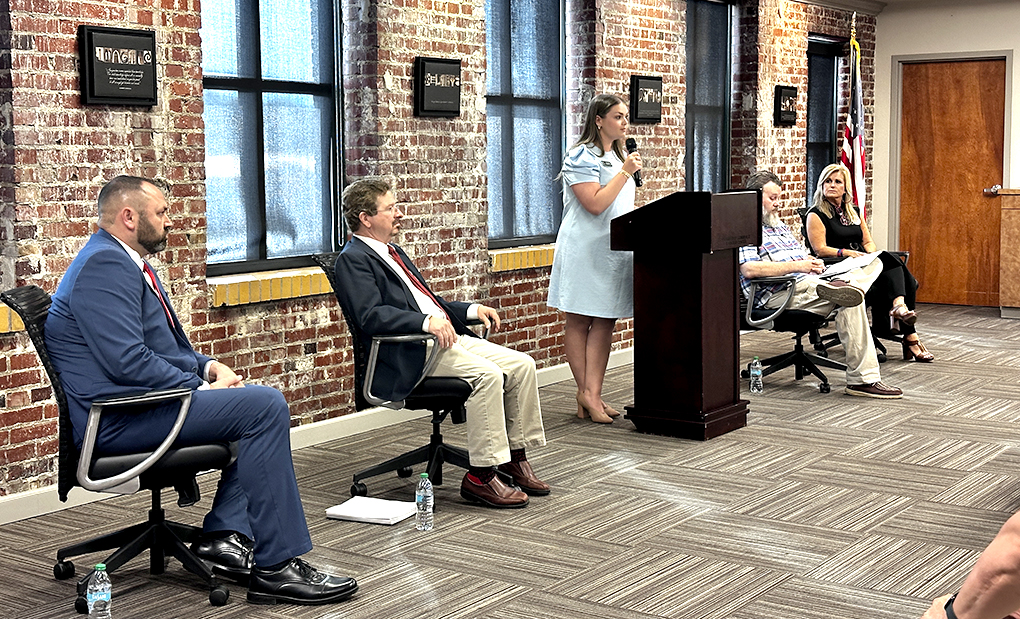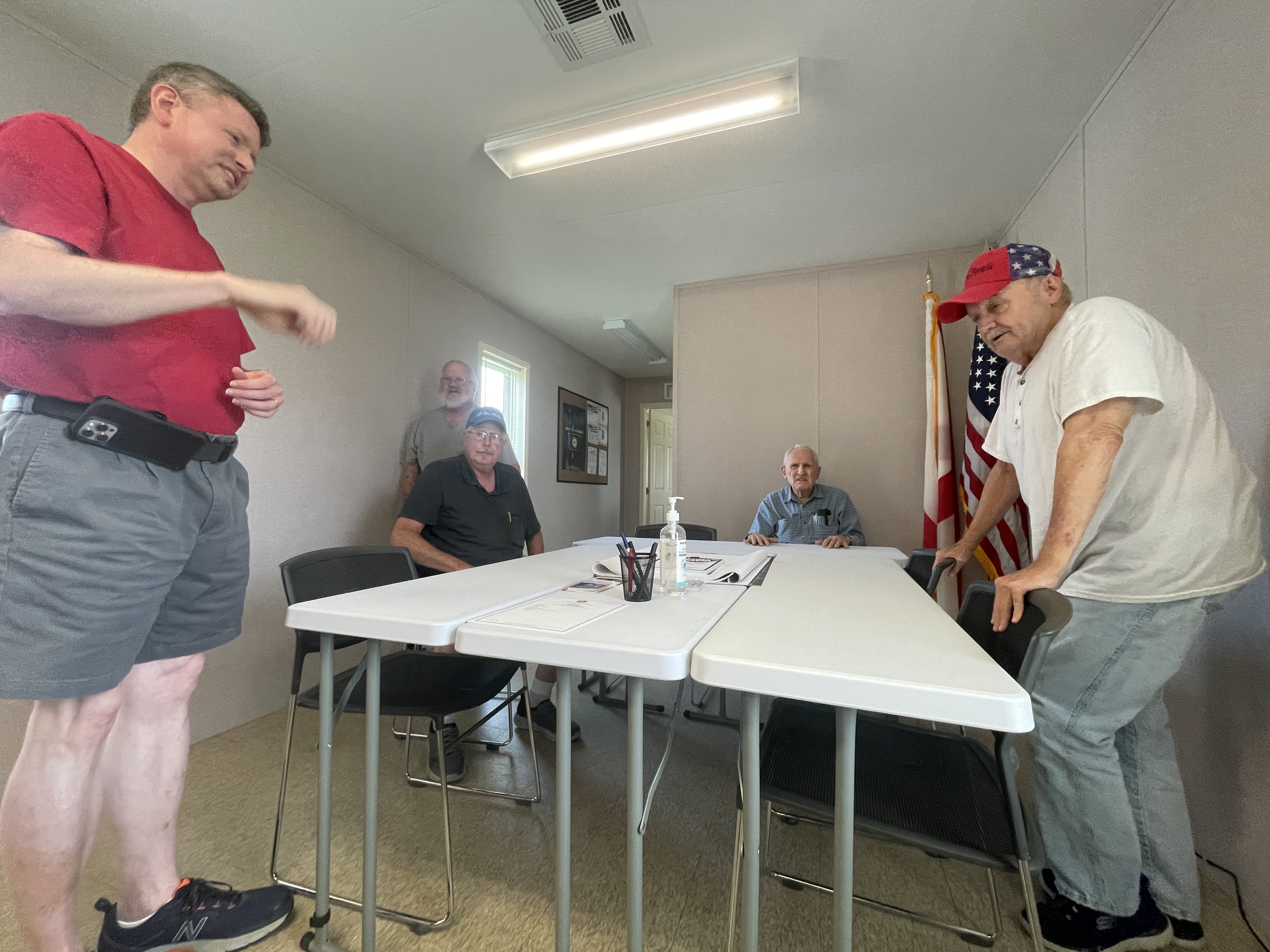Feasibility of inland port being studied
Published 6:00 am Thursday, November 19, 2020

- A proposed inland port in north Alabama could see more goods traveling by train through the central portion of the state, alleviating some of the truck traffic in the Birmingham area.
The city and county industrial boards are contributing to a study that will look at the feasibility of creating an inland port, or multimodal transfer facility, along the I-65 corridor between Cullman County and Decatur.
An inland port could reduce truck traffic on the highway, particularly around Birmingham and the central part of the state. Instead of being loaded onto trucks, some cargo entering through the Port of Mobile could travel by rail to the inland port – some 300 or so miles away – where it would then be transferred by barge or truck to its next destination. Exports could likewise be transferred to train at the inland port and sent to the Port of Mobile.
The county industrial board has committed $2,500 to the study and the city industrial board was expected to approve another $2,500 to the study at its meeting Thursday. The North Central Alabama Regional Council of Governments (NARCOG) proposed studying the idea of creating a multi-modal transfer facility in North Central Alabama. The NARCOG region includes Cullman, Morgan and Lawrence counties, but Limestone County is also being included in the study.
“It’s a regional look,” said NARCOG Executive Director Robby Cantrell. “We want to see if it makes sense to have some kind of inland logistics center in this area.”
“We will look at multiple partners, we will look at multiple pieces of the infrastructure that are already in place to see if we can enhance what already exists,” he added. “What can we do to strengthen freight movement and then directly impact the economy of our region?”
Cullman Economic Development Director Dale Greer said an inland port “would have a lot of benefit for us” because it would allow car-part manufacturers in Cullman to more easily move their products by rail.
“Alabama has become the Detroit of the South and our auto manufacturing is pretty incredible in this state,” said Cantrell. “When you build cars, there’s a lot of parts, so there’s a lot of freight that comes in to the area.”
He predicts that once a consultant for the study is selected, the study itself could take from three to six months. It would take two to three years to build the facility if the study supports the idea.
The study will also consider locations for an inland port. “These ports can be anywhere from 10 acres to 100 acres in size,” said Cantrell. He said the study will look at potential sites near rail lines, the interstate and the Tennessee River.
The two-year-old Appalachian Regional Port in Northwest Georgia’s Murray County sits on a 42-acre site and has the capacity to handle 50,000 containers per year. Cantrell said shortly after that port opened, the Haier Company, parent company to GE, built a distribution center nearby. “The investment for that distribution center was approximately $32 million and the port was less than $25 million,” he said. “You have a lot of opportunities that comes with enhancing your logistics. It’s a good opportunity to take a look at this.”
The counties in the region are contributing to the study, estimated to cost around $100,000 to $120,000, with the majority of funding coming from an Alabama Department of Economic Development and Community Affairs (ADECA) grant through the Appalachian Regional Commission and another grant from Recourse and Conservation Development.





